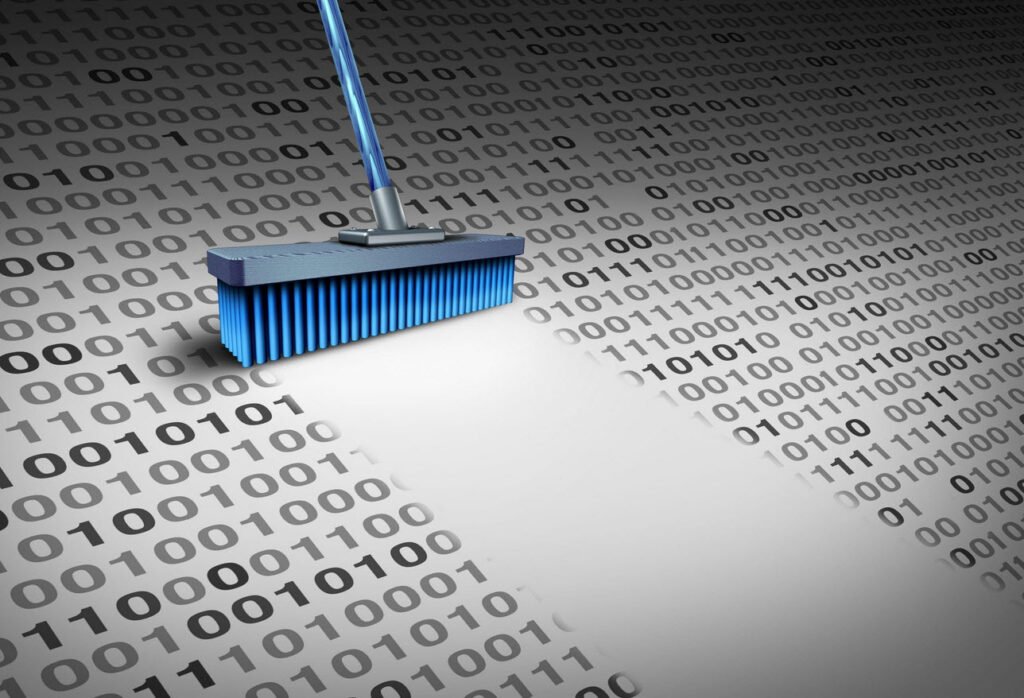
In today’s data-driven world, businesses, researchers, and analysts rely heavily on data to draw insights, make informed decisions, and develop strategies. However, the quality of these insights is only as good as the data they are derived from.
This is where data cleaning comes into play. Data cleaning is the process of identifying and rectifying errors, inconsistencies, and inaccuracies in datasets to ensure their reliability and usability.
In this article, we’ll explore the reasons why data cleaning is a crucial step in the data analysis pipeline.
- Preventing Misleading Conclusions
- Avoiding Wasted Resources
- Enhancing Analysis Efficiency
- Boosting Credibility
- Facilitating Collaboration
1. Preventing Misleading Conclusions
One of the most significant reasons to clean your data is to prevent drawing incorrect or misleading conclusions. Dirty data, filled with errors, duplicates, and inconsistencies, can lead analysts down the wrong path. Making decisions based on faulty data can have far-reaching consequences, both financially and strategically. Imagine a business making marketing decisions based on incomplete or inaccurate customer data – the results could be disastrous.
Clean data ensures that the insights derived are accurate and dependable, leading to well-informed decisions.
2. Avoiding Wasted Resources
Data analysis is a resource-intensive process. Cleaning data can be time-consuming, but it pales in comparison to the time wasted on analyzing incorrect or unrefined data. By investing time upfront to clean your data, you save yourself from the frustration of running analyses multiple times due to erroneous results.
Additionally, you free up valuable resources by not having to backtrack and redo work, enabling you to focus on deriving meaningful insights.
3. Enhancing Analysis Efficiency
Efficiency is a significant concern when dealing with large datasets or complex algorithms. Well-structured, clean data allows for more efficient processing. Advanced algorithms, like machine learning models, require data that is consistent, properly formatted, and free from errors. Clean data not only speeds up computation but also ensures that these algorithms work optimally.
In contrast, using messy data could result in longer processing times and suboptimal model performance.
4. Boosting Credibility
For analysts and researchers, credibility is paramount. Presenting findings based on clean, well-maintained data adds a layer of trustworthiness to your work. Conversely, presenting results derived from questionable data sources can damage your reputation and the credibility of your work.
A commitment to data cleaning showcases your dedication to producing accurate, reliable insights, bolstering your professional standing.
5. Facilitating Collaboration
In collaborative projects, data is often collected from multiple sources and integrated for analysis. Without proper cleaning, inconsistencies in data formatting, missing values, and outliers can disrupt the collaborative process. Clean data streamlines collaboration by ensuring that all team members are working with a consistent and accurate dataset.
This minimizes misunderstandings and discrepancies during analysis.
Conclusion
Data cleaning is not a glamorous aspect of data analysis, but it is undeniably crucial. It serves as the foundation upon which reliable insights are built. By preventing misleading conclusions, saving resources, enhancing analysis efficiency, boosting credibility, and facilitating collaboration, data cleaning plays a pivotal role in the entire data analysis lifecycle.
As the old saying goes, “garbage in, garbage out.” Ensuring the quality of your data through proper cleaning is a proactive step towards extracting meaningful and actionable insights from your datasets.
You may also like:- How To Fix the Crowdstrike/BSOD Issue in Microsoft Windows
- MICROSOFT is Down Worldwide – Read Full Story
- Windows Showing Blue Screen Of Death Error? Here’s How You Can Fix It
- A Guide to SQL Operations: Selecting, Inserting, Updating, Deleting, Grouping, Ordering, Joining, and Using UNION
- Top 10 Most Common Software Vulnerabilities
- Essential Log Types for Effective SIEM Deployment
- How to Fix the VMware Workstation Error: “Unable to open kernel device ‘.\VMCIDev\VMX'”
- Top 3 Process Monitoring Tools for Malware Analysis
- CVE-2024-6387 – Critical OpenSSH Unauthenticated RCE Flaw ‘regreSSHion’ Exposes Millions of Linux Systems
- 22 Most Widely Used Testing Tools








